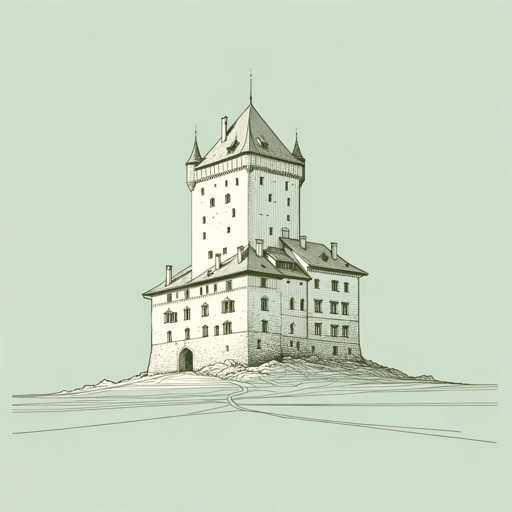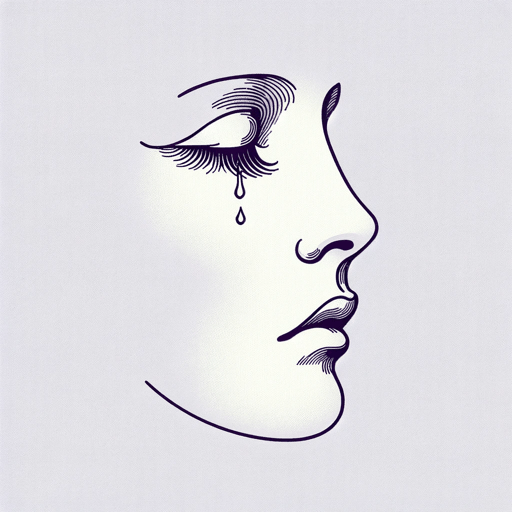20 pages • 40 minutes read
Lord George Gordon Byron (Lord Byron)When We Two Parted
Fiction | Poem | Adult | Published in 1816A modern alternative to SparkNotes and CliffsNotes, SuperSummary offers high-quality Study Guides with detailed chapter summaries and analysis of major themes, characters, and more.
Background
Literary Context: Romantic Poetry and the Byronic Hero
As a young writer, George Gordon Byron was influenced by poets like Robert Burns and fiction writers like Sir Walter Scott, who shared his Scottish heritage. He also liked neoclassical works of the 18th century, especially those that were satiric such as the work of Alexander Pope. He admired the heroic couplet and the cadence of medieval romances. He borrowed from these texts, which can be seen in “When We Two Parted,” as words like “thy” and “thou” were already falling out of favor when Byron was writing but would signify the work is about romance. Byron is considered one of the six key figures of the Romantic era, along with William Blake, William Wordsworth, Samuel Taylor Coleridge, John Keats, and Percy Bysshe Shelley.
Byron’s longer works helped spawn a variant on the Romantic hero, a moody man driven by inner tragedies and secrets called the Byronic hero. This, in turn, deeply affected the consciousness of Victorian writers like Charles Dickens and the Brontë sisters, who styled such classic male characters after this type of hero, such as Rochester in Jane Eyre (1847) and Heathcliff in Wuthering Heights (1847). This type of hero is still popular in fiction today, as is evidenced in books series like Stephanie Meyer’s Twilight series (2005-2008) and Leigh Bardugo’s Grishaverse series (2012-2023).
Related Titles
By Lord George Gordon Byron (Lord Byron)

Childe Harold's Pilgrimage
Lord George Gordon Byron (Lord Byron)

Don Juan
Lord George Gordon Byron (Lord Byron)

Manfred
Lord George Gordon Byron (Lord Byron)

Prometheus
Lord George Gordon Byron (Lord Byron)

She Walks in Beauty
Lord George Gordon Byron (Lord Byron)

